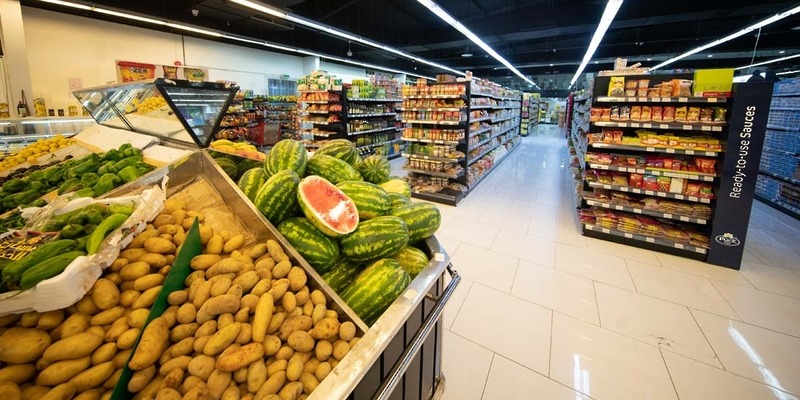Muscat: Among GCC nations, Kuwait recorded the highest inflation rate at 2.4%, followed by Saudi Arabia at 1.9%, Qatar at 0.9%, Oman at 0.8%, and Bahrain at 0.3%.
The annual inflation increase was largely driven by a 6.4% rise in housing costs, alongside higher prices in:
Goods and services (+3%)
Read More
- Haitham Al-Yaqoubi appointed acting CEO of Credit Oman
- Strategic partnership between Sohar International and Oman Vision 2040 Unit
- Gold slips for fourth day as strong Dollar dampens rate-cut hopes
- Bank Muscat : A successful journey in advancing sustainable economic and social development and empowering Omani talent
- BankDhofar powers Oman’s sustainability goals with green finance and energy-efficient initiatives
Restaurants and hotels (+1.7%)
Culture and entertainment (+1.4%)
Education (+1.2%)
Food and beverages (+0.8%)
However, transportation costs fell by 3.6%, while prices also declined in furniture and household equipment (-1.9%), tobacco (-1.1%), communications (-0.9%), and clothing and footwear (-0.4%).
Health sector prices remained unchanged.
Despite the uptick, the GCC’s 1.7% inflation rate remained lower than the European Union’s 2.3% and below many of its key global trading partners. Brazil recorded the highest inflation rate at 4.8%, followed by India (4.4%), the UK (3.2%), and the US (2.6%).







